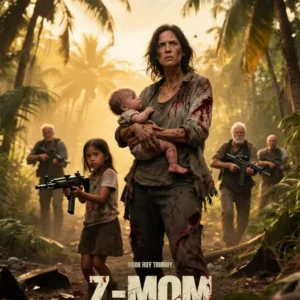2020 brought about a significant shift in the world, highlighting what is now being referred to as “The Great Divide.” This phrase encapsulates the growing disparities and divisions that have become more pronounced in various aspects of society over the past year.
The Great Divide in 2020 is not only about physical boundaries between countries or social classes but also encompasses the widening gap in access to resources and opportunities. As the COVID-19 pandemic swept across the globe, it exposed and exacerbated existing inequalities, laying bare the stark contrasts between the haves and the have-nots.

One of the most striking manifestations of The Great Divide in 2020 was the disparities in healthcare systems worldwide. While some individuals had easy access to testing, treatment, and vaccines, others struggled to receive even basic medical care. This highlighted the inequities in healthcare infrastructure and exposed vulnerable populations to greater health risks.
Moreover, the economic fallout of the pandemic further deepened The Great Divide. As businesses shuttered, millions lost their jobs, and financial stability became a distant dream for many. The divide between the wealthy elite and the working class widened dramatically, showcasing the stark disparities in wealth distribution and economic opportunities.
The education sector also grappled with The Great Divide in 2020. As schools shifted to online learning, students from disadvantaged backgrounds faced challenges in accessing quality education. The digital divide became glaringly apparent, with disparities in technology access and internet connectivity hindering many students’ ability to learn effectively.
As we reflect on The Great Divide of 2020, it is crucial to acknowledge these disparities and work towards bridging them. Initiatives that promote equity in healthcare, economic support for vulnerable populations, and efforts to close the digital divide are vital in creating a more inclusive and just society.
In conclusion, The Great Divide of 2020 serves as a stark reminder of the inequalities that persist in our world. By recognizing these disparities and taking proactive steps to address them, we can move towards a more equitable future for all.





